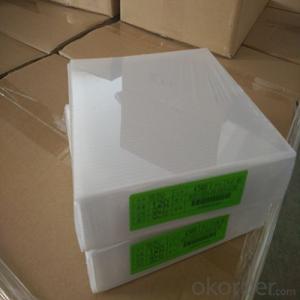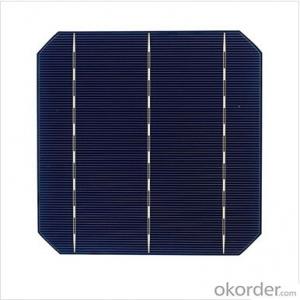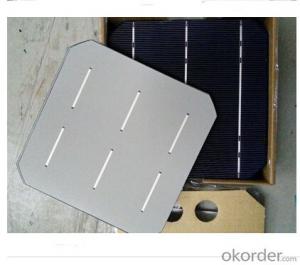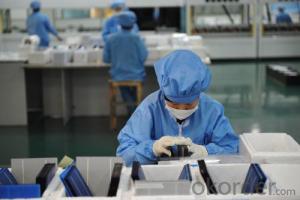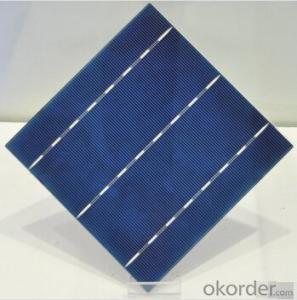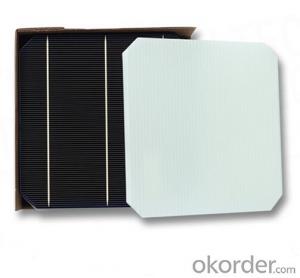Atj Solar Cells
Atj Solar Cells Related Searches
Except For Solar Cells Weegy Problems With Solar Cells High Power Solar Cells Light Trapping In Solar Cells High Performance Solar Cells High Output Solar Cells High Wattage Solar Cells Energy Transfer In Solar Cells High Efficiency Hvac Systems Recombination In Solar CellsHot Searches
Cheap Solar Cells For Sale Flexible Solar Cells For Sale Q Cells Solar Panels For Sale Printed Solar Cells For Sale Bulk Solar Cells For Sale 6x6 Solar Cells For Sale Broken Solar Cells For Sale Cpv Solar Cells For Sale Photoelectric Cells For Sale Price Of Silicon Solar Cells Price Of Solar Cells Over Time Buy Solar Cells From China Cheap Solar Cells China Best Type Of Solar Cells Flexible Solar Cells Price Q Cells Solar Panels Price 3 Types Of Solar Cells Production Of Solar Cells Common Types Of Solar Cells Q Cells Solar Panel PricesAtj Solar Cells Supplier & Manufacturer from China
Okorder.com is a professional Atj Solar Cells supplier & manufacturer, offers integrated one-stop services including real-time quoting and online cargo tracking. We are funded by CNBM Group, a Fortune 500 enterprise and the largest Atj Solar Cells firm in China.Hot Products
FAQ
- Yes, solar cells can be used in vehicles. They can be integrated into the design of cars, buses, boats, and even airplanes to convert sunlight into electricity, providing power for various vehicle functions such as charging batteries, running onboard systems, or even powering the entire vehicle.
- Solar cells generally perform well in areas with extreme temperature fluctuations. While high temperatures can slightly reduce their efficiency, modern solar cell designs are often equipped with cooling mechanisms to mitigate this issue. Additionally, solar cells are tested and designed to withstand temperature variations, including freezing temperatures. Overall, solar cells are designed to be robust and reliable in varying climates, allowing them to generate electricity efficiently even in areas with extreme temperature fluctuations.
- Yes, solar cells can be used in remote areas. Solar energy can be harnessed and converted into electricity using solar cells, which can then power various devices and systems. Since remote areas often lack access to traditional electrical grids, solar cells provide a viable and sustainable solution for meeting energy needs in such locations. The availability of sunlight in remote areas makes solar energy an ideal and efficient source of power, enabling communities in these areas to have access to electricity for various purposes.
- Solar cells are connected in a photovoltaic system in series or parallel configurations to generate the desired voltage and current output.
- Yes, solar cells can be used in electric fence systems. Solar cells convert sunlight into electricity, which can be used to power the electric fence. This eliminates the need for traditional power sources such as batteries or connecting to the electrical grid, making it a more sustainable and cost-effective option.
- The impact of wind on solar cell performance can be both positive and negative. On one hand, a gentle breeze can help cool down the solar panels, preventing overheating and improving their efficiency. On the other hand, strong winds can cause vibrations and movement in the panels, potentially leading to mechanical stress and damage. Additionally, high-speed winds can create a build-up of dirt, dust, or debris on the surface of the panels, reducing their ability to absorb sunlight effectively. Therefore, while some airflow is beneficial, excessive wind can have detrimental effects on the overall performance of solar cells.
- Solar cells can perform well in areas with high winds as long as they are properly installed and secured. However, excessive wind speeds can potentially damage or displace the solar panels, affecting their efficiency. To mitigate this, appropriate mounting systems and anchoring techniques can be used to ensure the stability and durability of solar installations in windy areas.
- Yes, solar cells can be used in commercial applications. They are commonly used in various commercial sectors such as power generation, agriculture, transportation, and telecommunications. Solar panels are installed on rooftops or in open spaces to generate electricity, reducing reliance on traditional energy sources and lowering operational costs for businesses. Additionally, solar-powered street lights, solar water heaters, and solar-powered charging stations are some examples of commercial applications of solar cells.



















